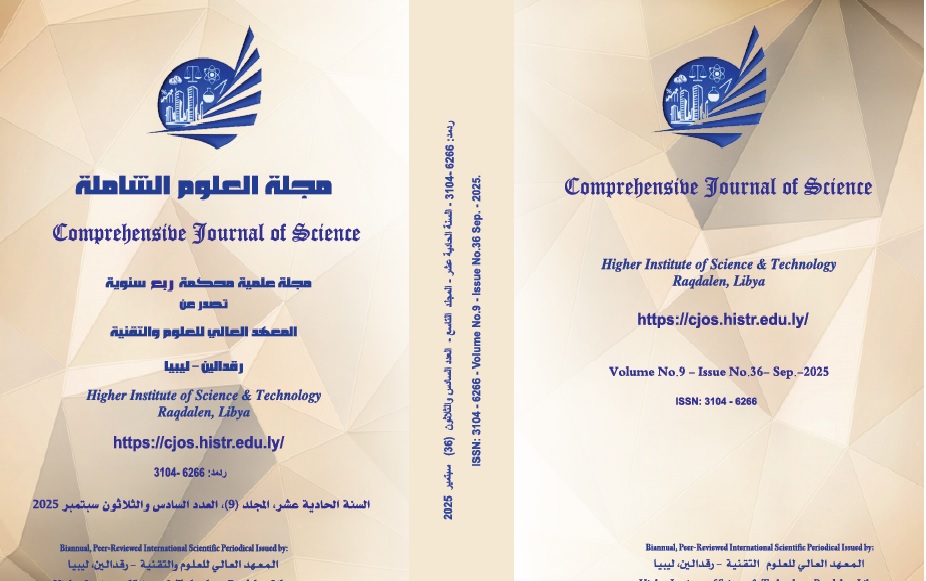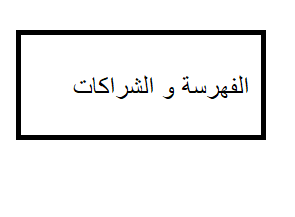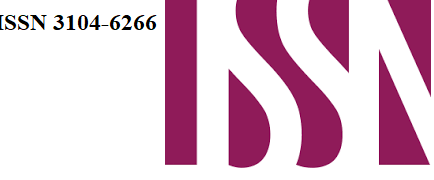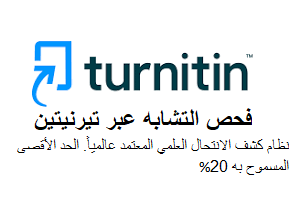Hyperbilirubinemia among Newborns Admitted to Sabratha Teaching Hospital: A Cross-Sectional Study
Keywords:
: Bilirubinemia, Total bilirubin, Neonates, anemia, Sabratha Teaching HospitalAbstract
Background: Hyperbilirubinemia is a condition in which excess bilirubin is in the blood. Bilirubin is a non-polar endogenous by-product of heme catabolism with 85% from normal senescent erythrocyte broken down and 15% from ineffective erythropoiesis or turnover of non-hemoglobin hem proteins. In newborns, hyperbilirubinemia becomes clinically apparent as jaundice when total serum bilirubin concentration gets ⩾5mg/dL in contrast to adults at ⩾2mg/dL. Accumulation of bilirubin in the skin and mucous membrane causes yellow discoloration of the skin and sclera of the eye and causes cephalocaudally in advancements. Materials and Methods: this hospital-based cross-sectional study aimed to explore the percent of the bilirubinemia among the newborns in Sabratha and to detect the highest level of bilirubin that has been recorded among newborns. A total of 80 neonates with their mothers were included and conveniently selected. Data was collected by reviewing neonates’ medical records using special lists and statistically analysed using SPSS version 23. Results: Mean value of total bilirubin for male babies at first day of admission was 13.17±0.62 mg/dl. It is high as compared with the normal values of total bilirubin in neonates. For female neonates the mean value of total bilirubin at first day of admission was 13.11±0.64 mg/dl. That mean there was no big different between both values for males and females. There was no difference between values at first and last day of admission in males (0.51±0.04 mg/dl and 0.69±0.06 mg/dl). There was mildly high correlation between haemoglobin concentration and red blood cells count. Conclusion: The prevention and management of hyperblirubinemia has been revolutionized in the last century, reducing the previously substantial degree of morbidity and mortality of neonates to a minimum. The current study indicated the high prevalence of hyperbilirubinemia among neonates admitted to Sabratha Teaching Hospital (STH). Of course, different cause might be implicated in this case as it known clinically. As a recommendation, it is mandatory to screen, treat, and manage hyperbilirubinemic neonates and its associated risk factors in neonates admitted to STH.
Downloads
References
1. Burtis C, Bruns D. Tietz Fundamentals of Clinical Chemistry and Molecular Diagnostics. 7th ed. Elsevir, Amesterdam, 2015.
2. Verma Y. Neonatal jaundice. Yuva J Med Sci. 2015;1:36-45
3. Gartner, LM. Historical Review and Recent Advances in Neonatal and Perinatal Medicine. Evansville, IN: Mead Johnson Nutritional Division; 1980
4. Cremer RJ, Perryman PW, Richards DH. Influence of light on the hyperbilirubinemia of infants. Lancet. 1958;1:1094– 1097
5. Maisels MJ, Bhutani VK, Bogen D, Newman TB, Stark AR, Watchko JF. Hyperbilirubinemia in the newborn infant 35 weeks gestation: an update with clarifications. Pediatrics. 2009;124: 1193–1198
6. Johnson L, Bhutani VK, Karp K, Sivieri EM, Shapiro SM. Clinical report from the pilot USA kernicterus registry (1992 to 2004). J Perinatol. 2009;29:S25–S45
7. Dennery PA, Seidman DS, Stevenson DK. Neonatal hyperbilirubinemia. N Engl J Med. 2001;344:5
8. Mishra S, Agarwal R, Deorari AK, Paul VK (2008). Jaundice in the newborns. Indian J Pediatr, 75(2): 157-163.
9. Debra H, Yolanda Rivas. Jaundice: Newborn to Age 2 Months. Pediatrics in Review. 2017; Vol. 38 No. 11
10. Watchko JF, Maisels MJ. Jaundice in low birthweight infants: pathobiology and outcome. Arch Dis Child Fetal Neonatal Ed. 2003;88:F455–F458.
11. S. Chang, L. Wang, Y. Wang, I. D. Brouwer, F.J. Kok, and B. Lozoff, “Iron-deficiency anemia in infancy and social emotional development in preschool-aged chinese children,” Pediatrics, vol. 127, no. 4, pp. e927–e933, March 2011.
12. C.H. Lee, T. Hoang, S. Khan, and L. Ortiz, “Neonatal jaundice - its mathematical model and treatments,” Rose-Hulman Institute of Technology Undergraduate Math Journal, vol. 5, no. 1, pp. 1–16, 2004
13. S.D. Zucker, P.S. Horn, and K.E. Sherman, “Serum bilirubin levels in the US population: Gender effect and inverse correlation with colorectal cancer,” Hepatology, vol. 40, no. 4, pp. 827–835, October 2004.
14. M.J. Maisels, V.K. Bhutani, D. Bogen, T.B. Newman, A.R. Stark, and J.F. Watchko, “Hyperbilirubinemia in the newborn infant 35 weeks’ gestation: An update with clarifications,” Pediatrics, vol. 124, no. 4, October 2009.
15. Ebbesen F, Hansen T W, Maisels M J (2017): Update on Phototherapy in Jaundiced Neonates. Current Pediatric Reviews, 13, 176-180
16. Lamola AA. (2016): A pharmacologic view of phototherapy. Clinics in Perinatology, 43(2),259–276.
17. Murray NA, Roberts IA (2007). Haemolytic disease of the newborn. ADC Fetal Neonatal Ed, 92: 83-8.
18. Dennery PA (2002). Pharamacological interventions for the treatment of neonatal jaundice. Semin Neonatol, 7: 111-119.
19. Ree IMC, Smits-Wintjens VEHJ, van der Bom JG, et al. Neonatal management and outcome in alloimmune hemolytic disease. Expert Rev Hematol 2017; 10(7):607–16.
20. Wallerstein H. Treatment of severe erythroblastosis by simultaneous removal and replacement of blood of the newborn. Science 1946;103:583–4.
21. .Jeon H, Calhoun B, Pothiawala M, et al. Significant ABO hemolytic disease of the newborn in a group B infant with a group A2 mother. Immunohematology 2000;16(3):105–8.
22. Ennever JF (1990). Blue light, green light, white light, more light: treatment of neonatal jaundice. Clin Perinatol, 17:467–81
23. van Rossum HH, de Kraa N, Thomas M, et al. Comparison of the direct antiglobulin test and the eluate technique for diagnosing haemolytic disease of the newborn. Pract Lab Med 2015;3:17–22.
24. Haider M, Memon S, Tariq F, et al. Rhesus isoimmunization: late-onset hemolytic disease of the newborn without jaundice. Cureus 2020;12(1):e6559.
25. Padmanabhan A, Connelly-Smith L, Aqui N, et al. Guidelines on the use of therapeutic apheresis in clinical practice - evidence-based approach from the writing committee of the American society for apheresis: the eighth special issue. J Clin Apheresis 2019;34(3):171–354.
26. Bhutani VK, Stark AR, Lazzeroni LC. Initial clinical testing evaluation and risk assessment for universal screening for hyperbilirubinemia screening group. Predischarge screening for severe neonatal hyperbilirubinemia identifies infants who need phototherapy. J Pediatr 2013;162(3):477–82.
27. Slusher TM, Olusanya BO, Vreman HJ, et al. Treatment of neonatal jaundice with filtered sunlight in Nigerian neonates: study protocol of a non-inferiority, randomized controlled trial. Trial 2013;14:4.
28. Maisels MJ. Jaundice in a newborn: answers to questions about a common clinical problem. First of two parts. Contemp Pediatr. 2005;22(5)
29. Donel J. Bili blanket phototherapy. Int J Contemp Pediatr 2019;6(5):2231–4.
30. Wallerstein H. Treatment of severe erythroblastosis fetalis by simultaneous removal and replacement of the blood of the newborn infant. Science 1946; 103:583.
Downloads
Published
Issue
Section
License

This work is licensed under a Creative Commons Attribution-NonCommercial-ShareAlike 4.0 International License.










